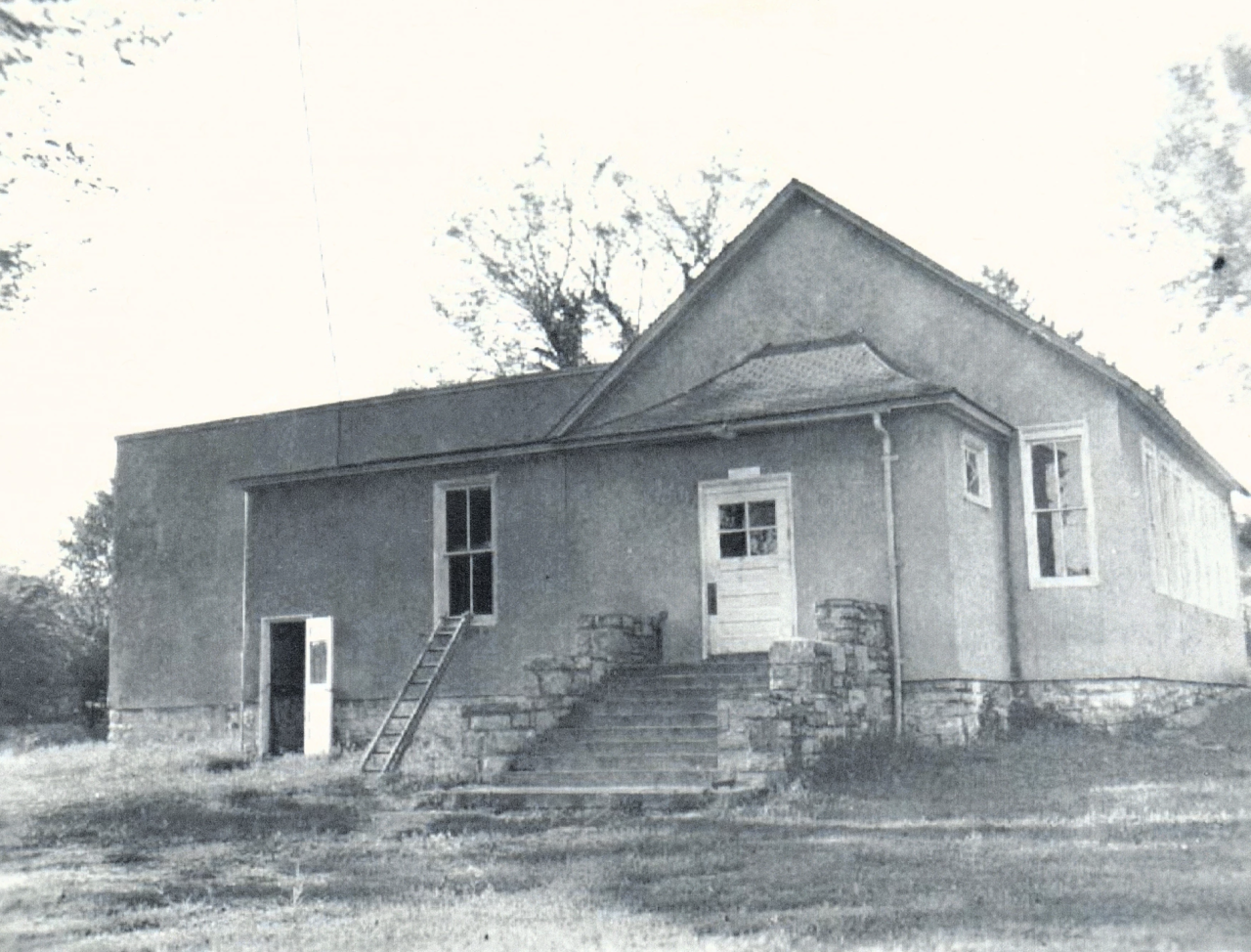KANSAS CITY, Mo. — Friday marks the 70th anniversary of the Brown v. Board of Education decision from the U.S. Supreme Court, which ruled school segregation unconstitutional in the United States.
That date was May 17, 1954.
It’s also the 87th birthday for Mildred Delores Graves, a local woman who played a role in local integration efforts five years before the Brown v. Board ruling.
VOICE FOR EVERYONE | Share your voice with KSHB 41’s Rachel Henderson
Graves attended the all-Black Walker School in South Park, Kansas, in what is now Merriam.

It was a two-room elementary school built in 1860 that was in dire need of renovations when the new, all-white, South Park School, was built in 1947.

The Black families in the neighborhood had been asking the all-white school board to improve conditions for children at Walker School for at least a year before South Park School was built.
Before it was built, there was a bond election where the Black parents from Walker asked if the $90,000 bond amount could be increased to include improvements for the Walker School.
The school board said no, but that didn’t stop the Black parents.
They tried multiple solutions: forming a South Park branch of the NAACP, reaching out to prominent lawyers, and calling meetings with the school board.
Those efforts led to the Webb vs. School District 90 case.
One of the key players in enacting change was a white community member, Esther Brown, who heard about the issues at Walker School. Once Brown joined forces with the Walker parents after gerrymandering attempts by the school district, the case was officially filed.
There were six plaintiffs, three boys and three girls.
Graves was one of those girls.

“At a young age, you don’t really, you see, you hear, but you really don’t understand everything that is going on at that time,” Graves said.
That’s why having adults like Esther Brown around made a difference.

“She was an activist,” said Susan Tucker, Brown’s daughter. “At the time that the South Park case was going on, I was a toddler.”
A year later, in June 1949, the Kansas Supreme Court ruled Black students could attend South Park School.
About 40 Black students were allowed to attend South Park the next school year.
Decades later, in 1985, the city of Merriam dedicated Brown Memorial Park to Esther Brown, a park which still stands.

It’s tangible proof of the impact her mother left behind, but Tucker says her mother’s work is far from finished.
“Sometimes I think, well what would she think of what’s going on now. I think she’d be appalled,” Tucker said. “Most of the schools in America are still segregated. It’s hard not to feel despairing right now I’m sorry to say, and I think my mom was an optimist.”
Thankfully, Graves is too. It helps being surrounded by family, which now spans five generations.
“My children didn’t have to go through that,” Graves said. “That was the first time I had ever gone through it. To this day, I think about it sometimes, what was said, how it was when we were in grade school.”
But it’s the current generation that’s left to handle today’s issues. Both she and Tucker know, however, young people are fully capable of carrying the torch.
“[South Park] was a huge sore in our history that these young people took on,” Tucker said.
When asked if she believes in the young people making a change nowadays, she said, “We have to.”
Graves knows firsthand what happens when you do believe in the youth, no matter how young.
“Age is just a number, age is how you live,” she said. “All I can say is, I’ve lived a good life. I don’t mean a perfect life, but it was a good life.”
There's much more to this story, including more influential women involved in this case, as well as other facts about South Park's history. Those include why the 40-plus students who boycotted the Walker School during the case were known as the 'Walker Walkouts.'
All these details can be found in public radio station KCUR's article on the topic, which also includes a podcast episode.
—




